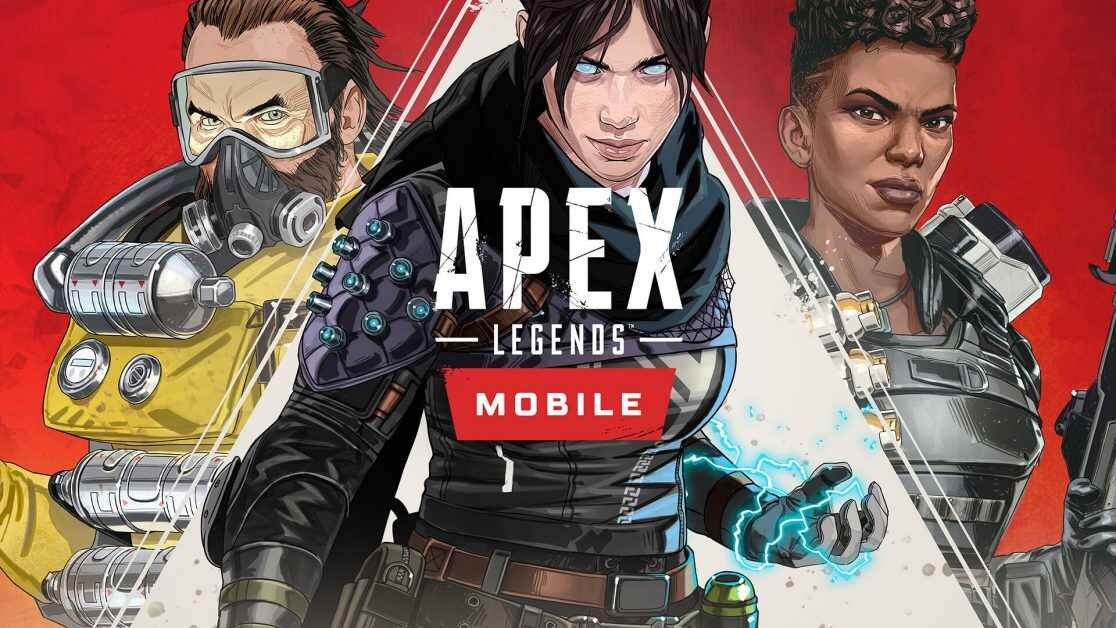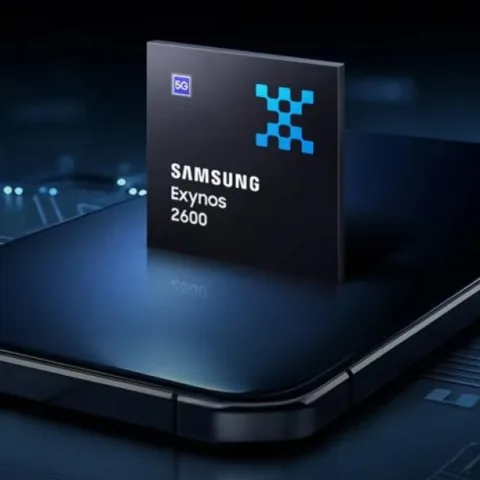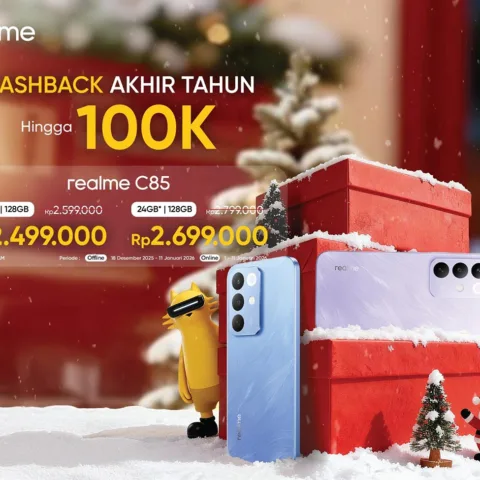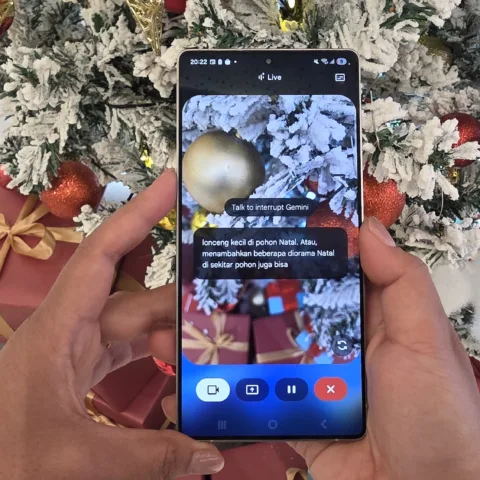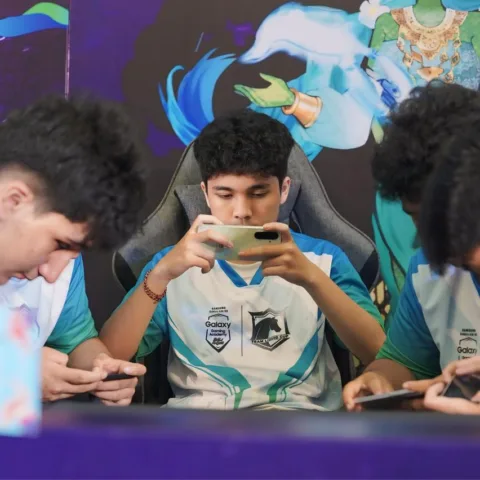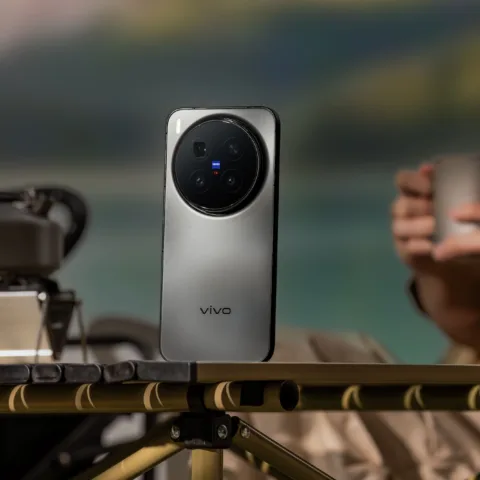Path launched version three on Thursday, bringing it closer to resemble the Asian mobile messaging apps by adding a messaging feature with stickers and an in-app store to purchase digital items. Stickers may not be a big thing for its domestic market, not yet anyway, but in Asia it’s a multimillion dollar business. Messaging is also a big component of being natively mobile that it’s a surprise that it wasn’t available from the beginning. Did Path do the right thing with this latest update?
Jon Russell over at TNW did a thorough comparison and analysis of how Path may fare amidst the heavy Asian competition in the messaging space and it’s well worth a read. Ever the messaging app fan, he is on just about every chat service known to man, so he knows quite a lot about them and their individual characteristics.
What Path offers today is arguably a much better product than when it debuted version two back in December 2011. Version one of Path was a photo-sharing app similar to Instagram, launched unfortunately around the same time as well.
The new version of Path can probably be considered two apps in one. If it had provided only a one to one messaging feature, it would probably be considered closer to Twitter with its direct message capability but it has group messaging which allows up to 15 people to participate in a group.
Path’s powerful attraction is its privacy and its insistence in not delivering advertising. People can blog and post what they like on Path and only the intended audience (whether in or outside of Path) can see or read the posts. The 150 friend limit makes Path very personal and drives people to be very selective in who they add to their audience.
Having said that, the messaging feature that’s built into the new Path allows friends of friends to message each other, rather than being limited to immediate friends. For a lot of people, this means a breach of that privacy wall.
Wired’s Mat Honan is especially incensed. He discovered that he could privately send messages to a lot of influential and significant figures in the technology industry who are friends with his friends which means the potential of abuse is tremendous.
As it stands, Path’s messaging component is clearly rather basic. There’s no way to add a new participant to or leave an existing conversation, although there is the option to mute the chat entirely. It’s also not possible to delete or correct individual messages which might lead to either humorous exchanges or potentially disastrous ones. It’s also not possible to opt out from receiving messages from extended friends.
Certainly there are benefits to being able to exchange messages to people who are not your immediate friends on Path but since Path’s focus is on privacy and personal space, Path should respect that and provide an option for people to receive messages only from their own list of friends.
Clearly Path wants the messaging feature to extend to as many people as possible because for messaging it looks like stickers is where it’s at. It wants people to not only buy them but also use them since the more people use the stickers, the more likely they are to purchase new ones as evident across the Asian messaging apps. Having said that, it needs to rethink about privacy with respect to messaging.
Stickers allow Path to have another revenue stream. CEO Dave Morin just revealed at SXSW conference to TechCrunch that Path generated more revenue in 24 hours since the launch of stickers with Path 3 than the company had in its entire existence from affiliate revenue and photo filters.
In terms of generating revenue, Path CEO Dave Morin last year spoke at the annual Goldman Sachs technology conference and mentioned that he sees Path as more like HBO than NBC, a premium cable channel instead of a commercial TV network. Essentially he was talking about earning revenue directly from Path’s members rather than from advertisers. Setting up a shop within the app is certainly one way of doing that.
Morin reiterated Path’s popularity in Asia in the TechCrunch interview. With over 6 million members, Morin said, “About half of our users are International, our top countries are Japan, China, Korea, Indonesia… and the other half are in the United States and in the last three months or so we’ve seen immense growth in the United States”.
While the American market may tend to prefer a no-nonsense business-like approach, the Asian audience loves to accessorize. Stickers do have its detractors like Wired’s Mat Honan but TNW’s Jon Russell thinks it’s a significant step in terms of competition with Asian apps and from the financial point of view.
Hafiz Rahman, founder of Freebbble said, “Do you want to sell digital stickers for the rest of your life? Or do you want to change the world?”
Rahman has a point. Selling stickers does seem to cheapen the skills of the top engineering brains of the world but Path’s aim is to provide a personal space for sharing and if stickers help that personal space to be much more intimate and comfortable, and more importantly get people to keep using the app, it becomes part of achieving that bigger goal.
Of course, selling stickers isn’t the ultimate revenue driver for Path. Morin has revealed that a paid subscription feature in is coming within a few months as the company plans to introduce this during the first half of this year. There’s no word as to what kind of subscription the company will be introducing but it sounds like it’s meant to be a major revenue generator.
Morin always says that Path is a home in Facebook city. All the features in Path were included to make that home a more comfortable and more pleasant place to be in. There was a time when Facebook was a home. There was a time when Twitter was a home. Now Path emerges as the new home as Facebook grew to become a city and Twitter ended up becoming a news feed.
The difference with Path is that looks like it has found its core values earlier than Facebook and Twitter did. In two years, it already knows what it wants to be and what it needs to do to to get there. Stickers are just a part of it.



